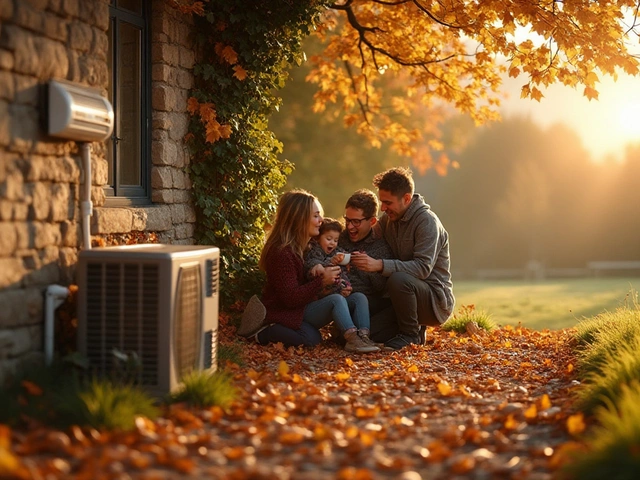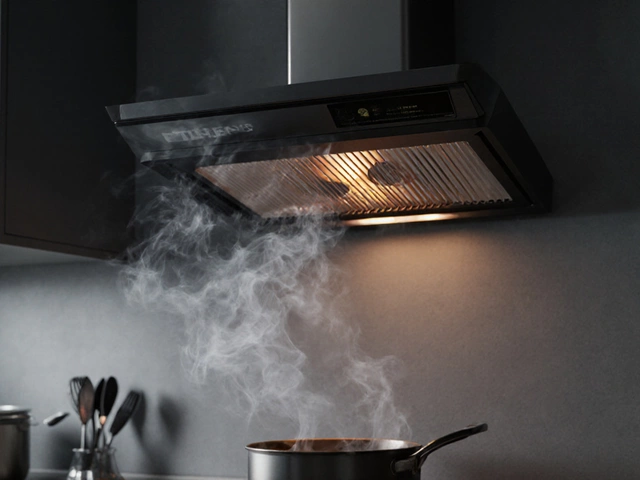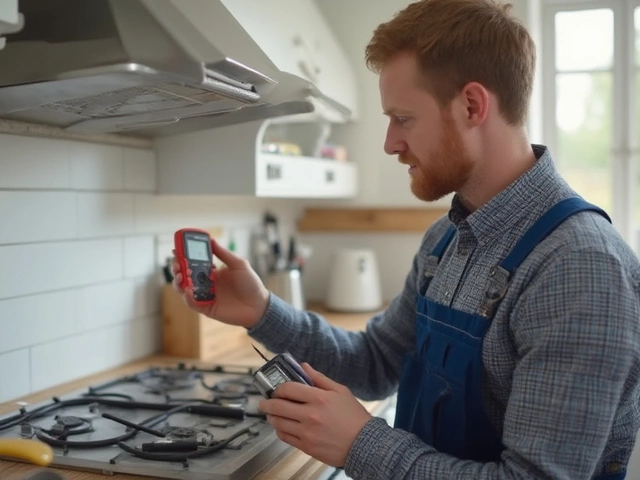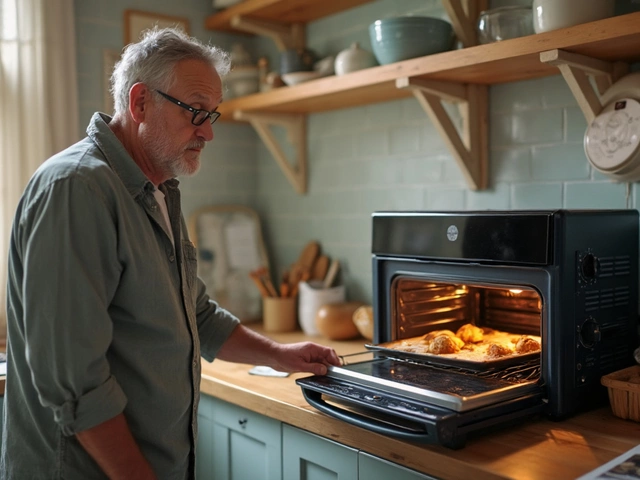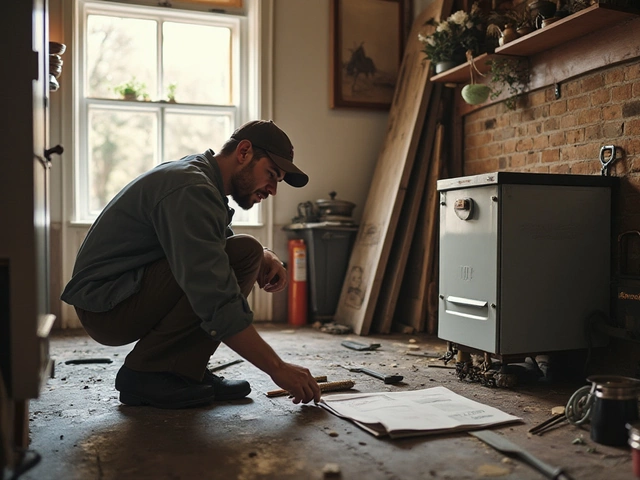Hob Error Codes Explained – What They Mean and How to Fix Them
If your hob suddenly shows a flashing code, you’re probably wondering what it means. Most modern cooktops use error codes to tell you which part is acting up. The good news is the codes are usually easy to read and even easier to fix yourself. Below we’ll walk through the most common hob error codes, what they point to, and the practical steps you can take before calling a technician.
Common Hob Error Codes and Their Meanings
Every brand has its own set of numbers, but a few patterns repeat across most models. Here are the codes you’ll see most often:
- E1 or E01 – Sensor problem. The temperature sensor can’t talk to the control board.
- E2 or E02 – Over‑heat protection. The hob thinks it’s getting too hot and shuts down.
- E3 or E03 – Power supply issue. There’s an irregular voltage or the plug isn’t seated right.
- E4 or E04 – Touchpad failure. The surface isn’t registering your touch correctly.
- E5 or E05 – Communication error between the hob and the display unit.
If your hob shows a different code, check the user manual – it will list the exact meaning for that model. Knowing the code narrows down the problem and saves you time.
Simple Steps to Reset or Repair Your Hob
Before you call an engineer, try these quick fixes. Most of them take less than five minutes.
1. Power cycle the hob. Turn off the main switch, wait 30 seconds, then turn it back on. This clears temporary glitches and often resets the error.
2. Check the power connection. Make sure the plug is firmly in the socket and that the circuit breaker isn’t tripped. A loose plug can cause the E3/E02 codes.
3. Clean the touch surface. Food residue or steam can confuse the touch sensors. Wipe the surface with a soft, damp cloth and dry it well. If the error persists, the touchpad may need replacement.
4. Inspect the vents. Over‑heat warnings (E2) usually mean the ventilation is blocked. Remove any dust or debris from the vents on the underside of the hob.
5. Reset the sensor. For E1 codes, locate the temperature sensor (often a small metal rod near the burners). Gently disconnect it for a moment and plug it back in. If the code stays, the sensor is likely faulty and should be swapped.
If none of these steps clear the code, the problem is probably inside the control board or a more serious component. At that point, contacting Rugby Appliance Repair Services is the safest move – our technicians can diagnose and replace the faulty part quickly.Remember, a flashing code is a warning, not a disaster. By reading the code, powering the unit off and on, and checking basic things like connections and cleaning, you can often get your hob back in action without a costly callout.
Keep the user manual handy and store the error‑code list somewhere easy to reach. When you know what the code means, you’ll feel more in control and less stressed about a broken cooktop.
